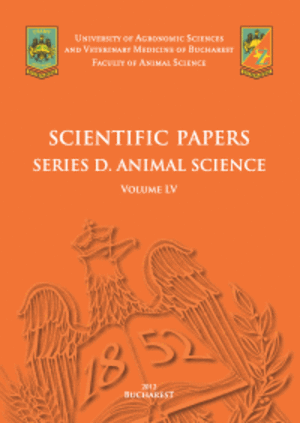Published in Scientific Papers. Series "Management, Economic Engineering in Agriculture and rural development", Vol. 25 ISSUE 1
Written by Antoneta Petruta TUREK-RAHOVEANU, Ruxandra-Eugenia POP
Organic farming conversion is one of the main priority and challenges included in The Green Deal (EC, 2020), in order to achieve its mission, that of transforming Europe into the first climate-neutral region. According to the statistical data, Austria and Germany are fully converted to ecological agriculture and the others European states are in the conversion process. Nowadays, Romania’s agricultural organic area measures 1,531,000 ha and 1,331,000 ha still remaining under transition from conventional agriculture to the ecological one. Global and European directives state that to be sustainable, the conventional agriculture sector must be converted to organic and to harm the environment at least at possible. Meanwhile, from the producer’s perspective, practicing the agricultural activity is sustainable depending on the generated incomes level. The present paper aims to study several economic parameters (profit, operating risk rate, security index), both in the conventional and organic system, for cucumbers and zucchini. For the studied crops, the income and expenditure budgets were made differentiated according to the applied technologies, production factors, yields per surface unit cultivated in two cropping systems, conventional and ecological. For the economic analysis of the income and expenses budget, technical-economic indicators such as costs, profitability, costs and prices were used. The technologies were developed based on research within the ICDLF Vidra. The conclusions section reinforce the high importance of conversion from conventional to ecological agriculture system, at the farm level, in order to maintain a high production level on long term, indispensable for generating farmers revenues, but also to ensure the sustainability of natural resource and to facilitate the environment conservation.
[Read full article] [Citation]
TUREK-RAHOVEANU A.P., POP R.E. 2025, DETERMINING FEASABILITY INDICATORS FOR CUCUMBERS AND ZUCCHINIS CROPS IN ORGANIC AND CONVENTIONAL SYSTEMS. CASE STUDY . Scientific Papers. Series "Management, Economic Engineering in Agriculture and rural development", Vol. 25 ISSUE 1, PRINT ISSN 2284-7995, 953-958.


 Next Issue will be published according the the calendar.
Next Issue will be published according the the calendar.



